Things were looking grim around Mt Hampton due to the drought; the land was getting dryer and dryer, there had been little rain for two years and none forecast to come. Steve and Linda Rose, part of the Far Eastern Agricultural Region (FEAR), were concerned for their livestock. The lack of winter rain and the occasional summer top-up, meant their pastures were not as good as they should be. They had reduced stocking numbers but needed another form of pasture or fodder to hold them over until it rained. A small section of their land was experiencing soil acidity, wind erosion, water erosion, dryland salinity and declining soil structure. When WNRM approached them and asked them if they would like to be involved in a project to trial and demonstrate innovative practices that protect the resource base and contribute to environmental management, they happily agreed. The economic driver for Steve and Linda was the potential of additional grazing options and improved nutritional value for their sheep.
WNRM aimed to work with Steve and Linda to develop a forage-pasture system that would improve soil health and profitability in low performing paddocks. After initial planning in early 2015/16, the site was pegged, soil tested, stock-proof fending was installed, weed control activity was completed and forage shrubs were planted. They put a plan together to integrate forage shrub rows with summer-sown legume pasture within cropping paddocks. In 2017, a mixture of 9,112 forage shrubs were strip planted with 50ft alleys to allow for machine movement. As part of the trial project, WNRM put a measurement plan in place to monitor improvements in soil health and identify any increase in the amount of feed available to livestock, relative to input costs.
Steve and Linda’s property had two salt-affected areas that were perfect for the trial of the type of planting that WNRM wanted to conduct. The potential to plant in saline soil and possibly provide additional forage for the sheep could turn around their farm and put them back on a pathway that would enable them to revitalise their farm. The renewed hope of recovering their farm’s potential and seeing a real income stream was life-changing for Steve and Linda. Their sheep were ecstatic with the new feed source as well!
Linda said that the whole process was straight forward “Wheatbelt NRM is just fantastic, if I had a question, I just called or sent an email and got a quick answer. We have an excellent relationship with them and proudly have a sign up on our property saying we work with them. WNRM gave us access to professionals with technical and local knowledge and so many other people.”
While WNRM coordinated the project, Steve and Linda were responsible for the implementation of the trial, organising soil testing and providing annual progress reports to the Project Coordinator including the data results when available. After the project officially ended in December 2016, Steve and Linda continued to plant saltbush to fill in areas and this year has planted another 5,000 plants. Steve also continues with feral pest management to protect the property and fenced areas.
This project was not just about planting. For the Roses, this project enabled them to cover a crucial period in their lives on the farm with no rain and no rain forecast. They said “we went from being desperate to be able to produce a line of sheep that we are proud of. Being involved in the project gave us hope.”
To add to the benefits, Steve and Linda, as part of the FEAR group, often have grower group members come out to see what they have done with the saltbush. This sharing of their experience and successes has resulted in many other FEAR members putting saltbush on their properties for sheep feed. Linda says that “people in our industry now have confidence. They know when and how to plant the saltbush and where it works best.”
Steve and Linda highly recommends working with WNRM and said that they would not have achieved what they have without WNRM and the knowledge that they bought with them. In fact, one of the main strengths of the project was the people involved, as Linda and Steve were previously unaware of the science of growing saltbush. They now know how to let the sheep into the saltbush fields once a year so that the sheep get the full benefit of the saltbush. The sheep have also learned about the annual feast and are eager to get into the fenced areas when the best time comes. One thing that the Roses are incredibly pleased about it is that the saltbush regrows once the sheep have grazed it and there is no need for re-seeding or planting. Each year the saltbush comes back better than the year before and hopefully, the benefits will also get better each year.
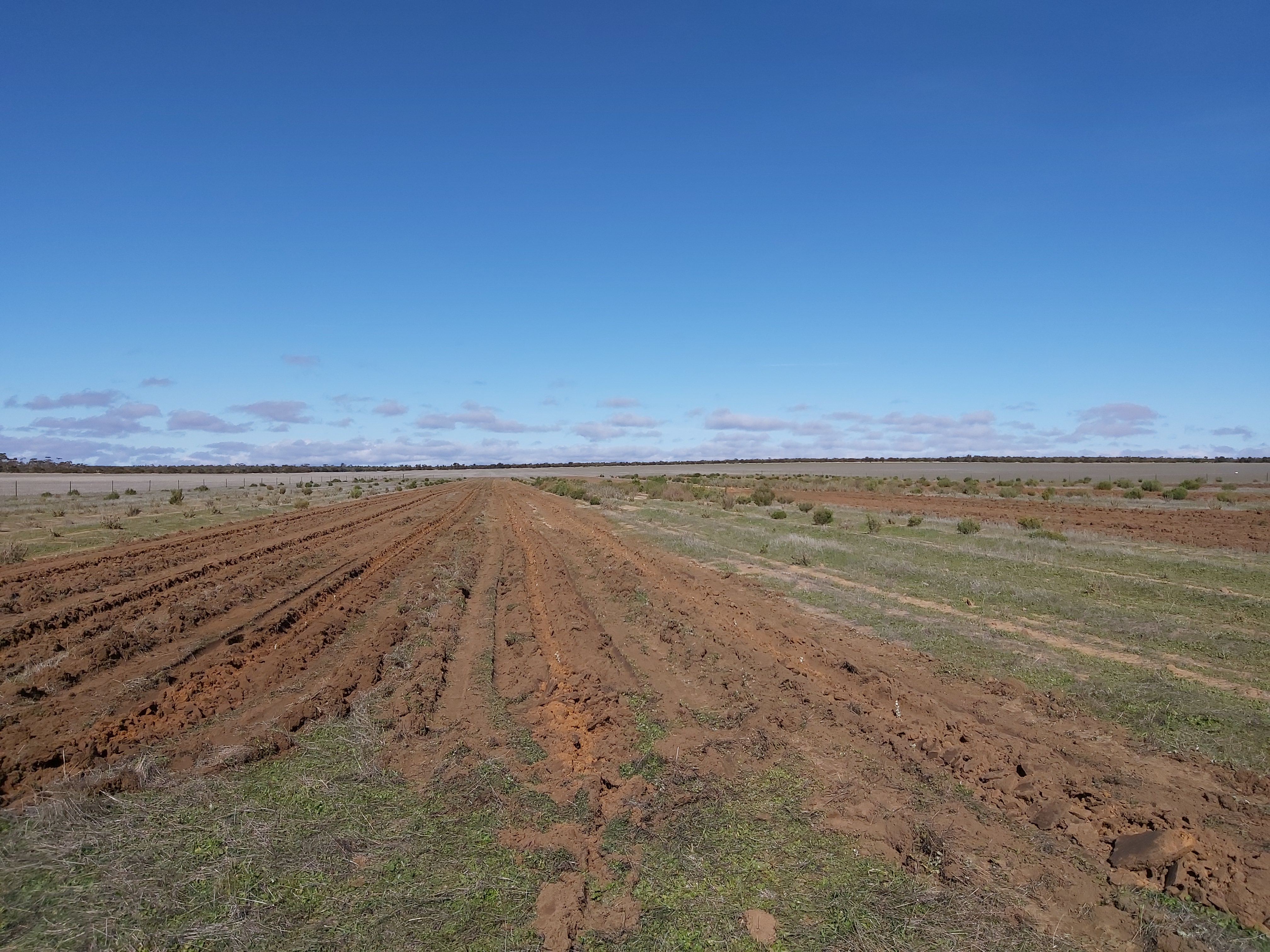
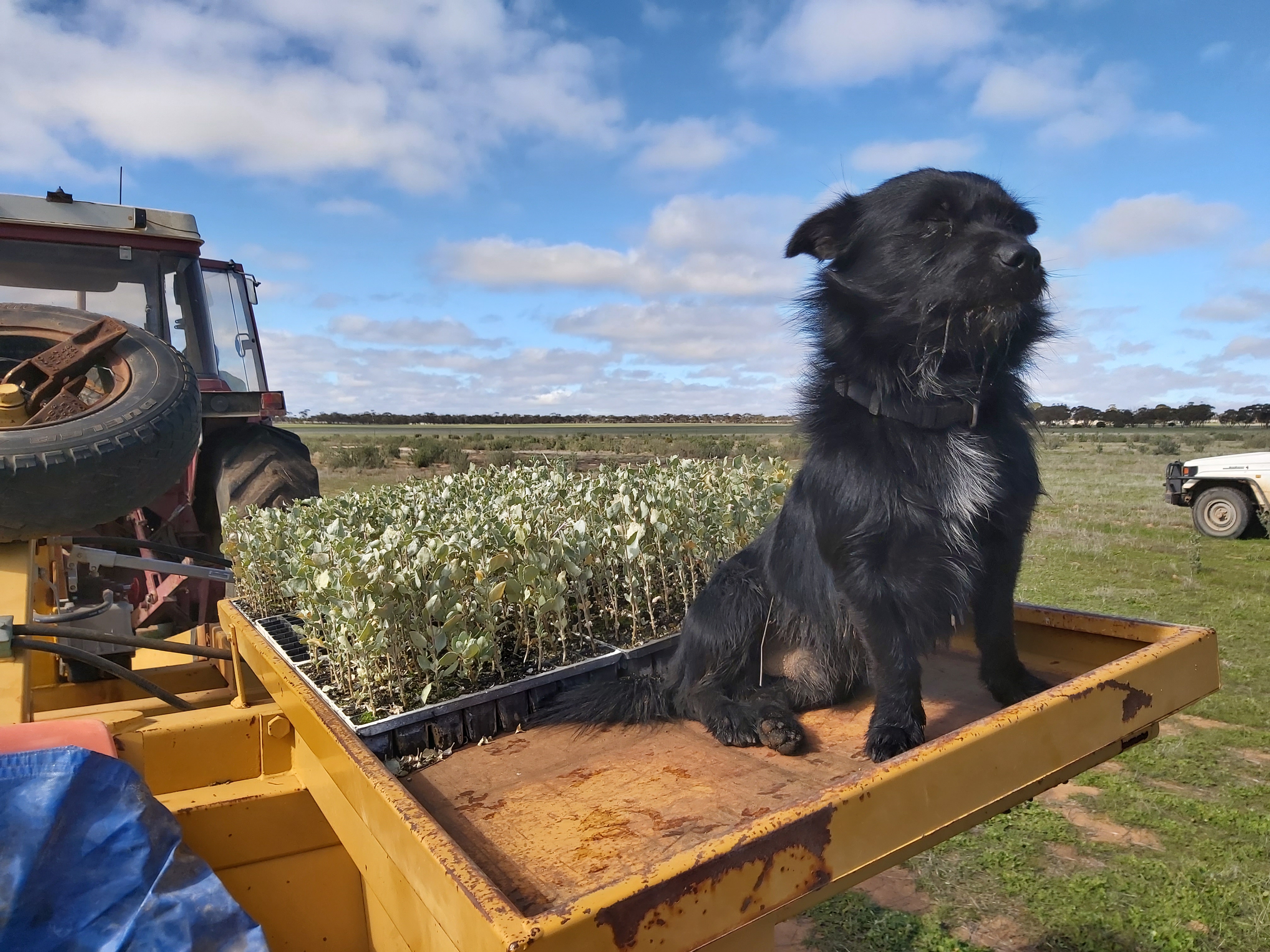
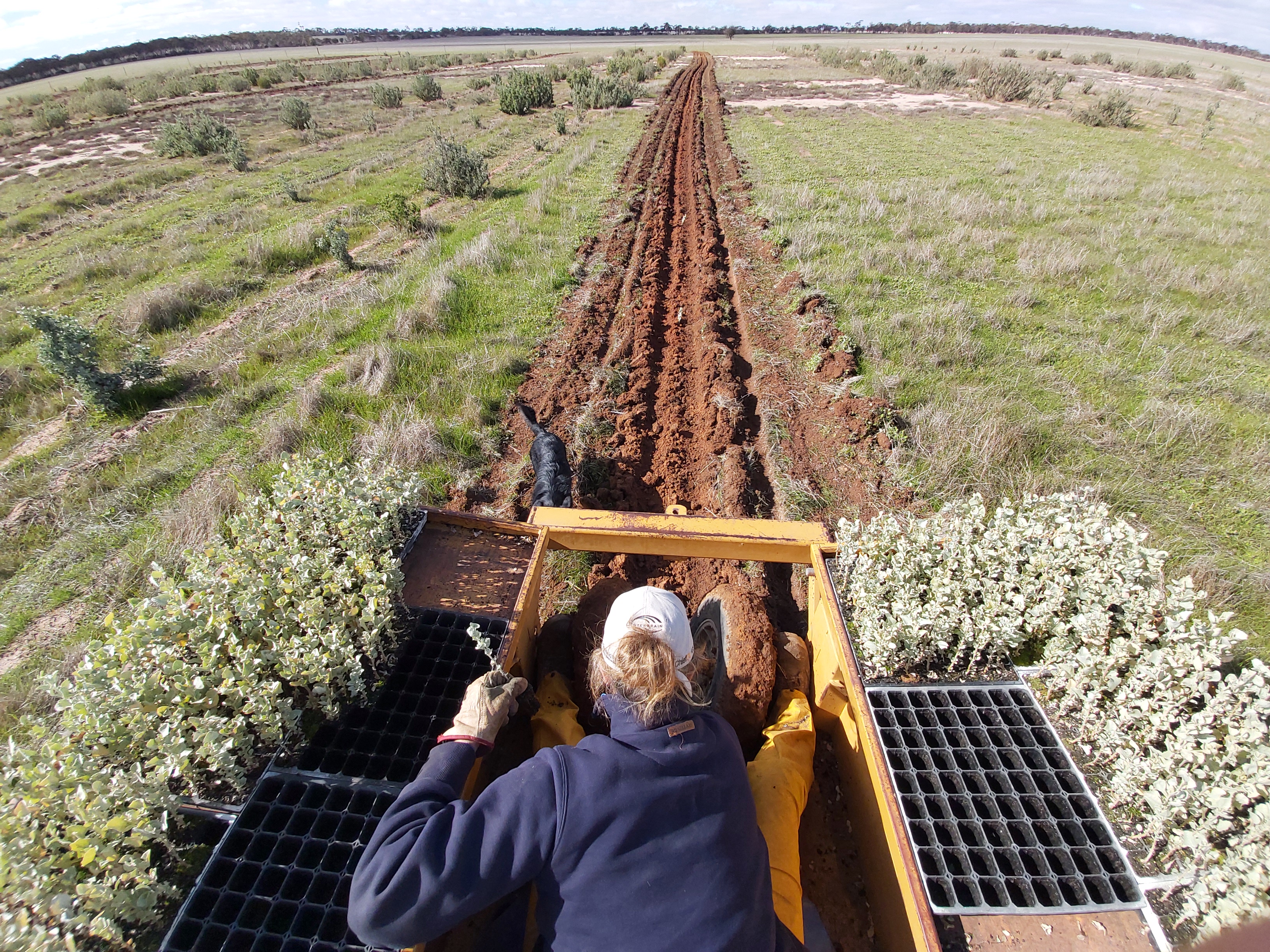

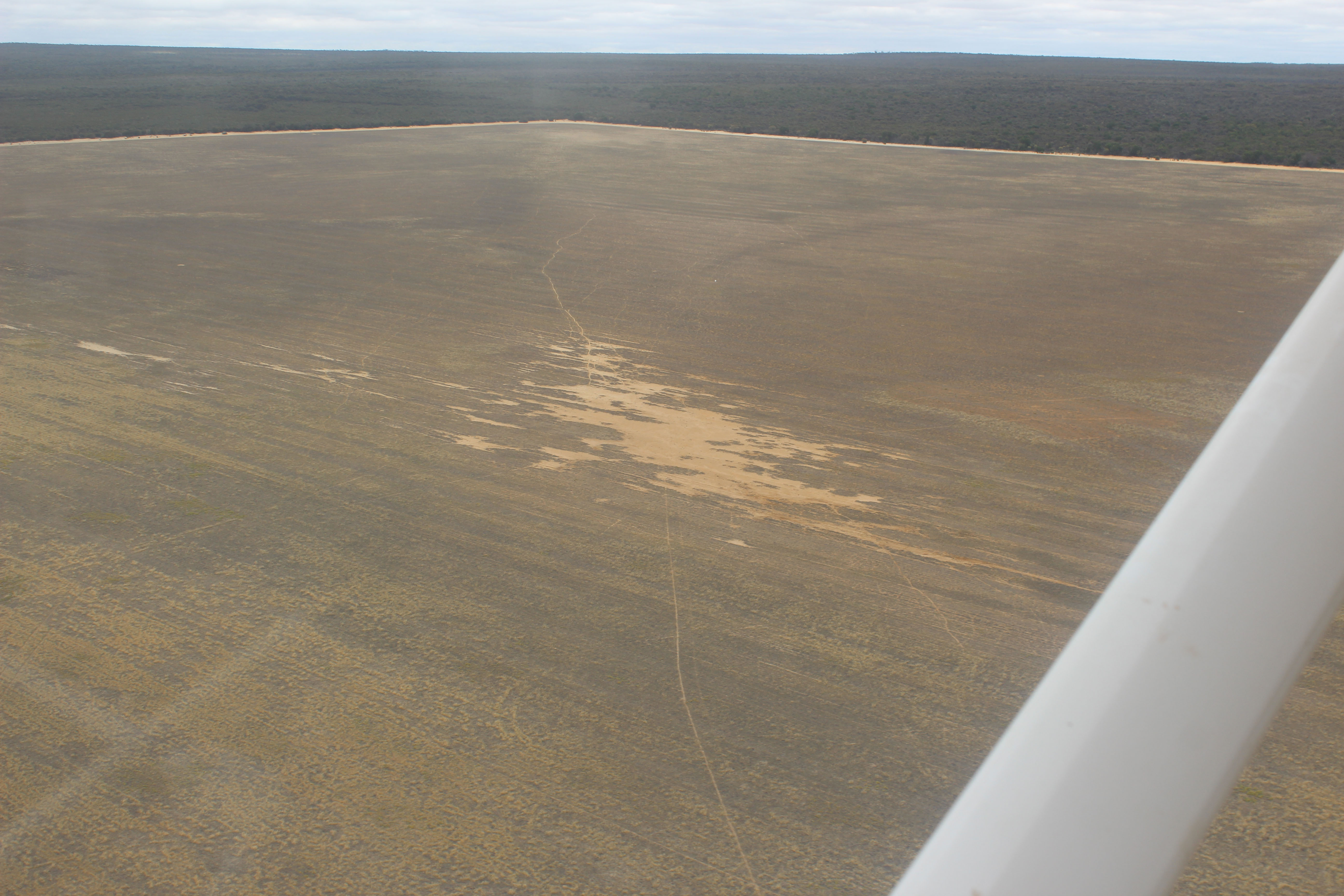
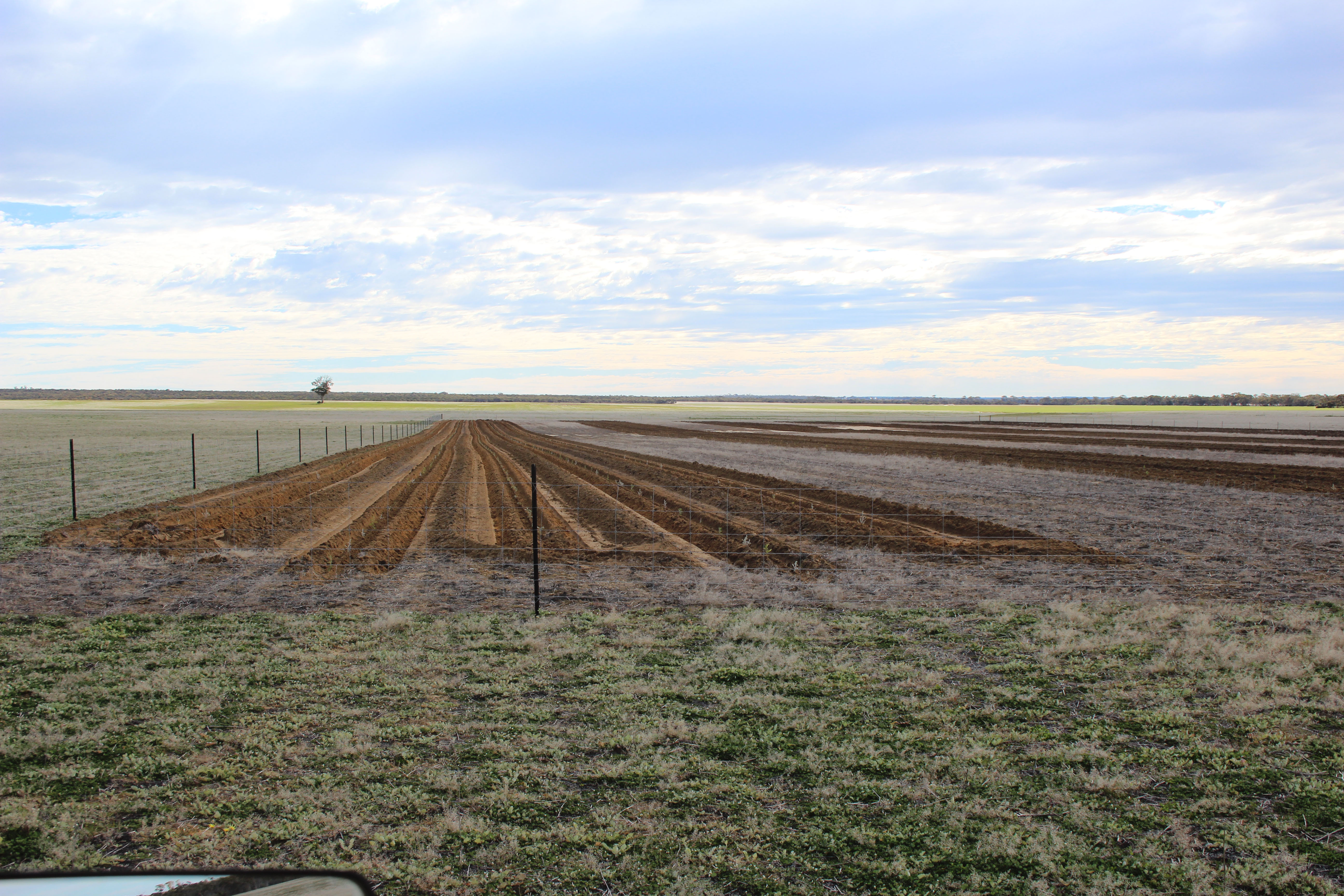
This story is part of an independent survey undertaken to monitor the lasting effects that agricultural and biodiversity projects have with the community. If you’ve been involved in a project and want to share your story, or want to be involved in a natural resource management project, you can email info@wheatbeltnrm.org.au and we’ll be in touch.


